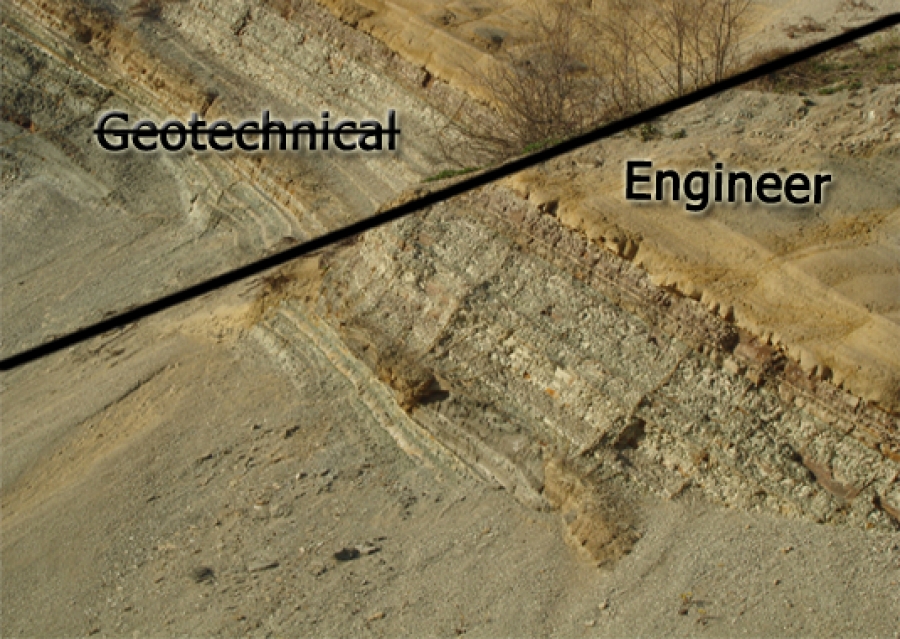How Consulting Civil Engineering Firms Contribute to Effective Task Monitoring and Style Execution
Consulting civil design companies are important to the success of building projects, combining technological effectiveness with critical oversight. By concentrating on design optimization and risk reduction, these firms guarantee that jobs are not just practical however cost-efficient and likewise lasting.
Function of Civil Designers
Understanding the duty of civil engineers is important for the effective management of construction jobs. Civil engineers function as the foundation of facilities advancement, ensuring that jobs are designed and performed to fulfill sustainability, safety, and performance requirements. Their experience incorporates different facets of design, consisting of structural, environmental, and geotechnical specialties.
Civil designers are responsible for performing expediency research studies, which examine the feasibility of proposed jobs by evaluating economic, technological, and ecological variables. They create comprehensive blueprints and specifications, incorporating innovative solutions to optimize materials and resources. Throughout the building and construction stage, civil designers look after the task, teaming up with stakeholders, engineers, and service providers to guarantee adherence to design requirements and regulative requirements.

Task Preparation Approaches
Reliable task planning techniques are important for making sure that construction projects are executed efficiently and successfully. Consulting civil design firms play a critical duty in this procedure by employing thorough preparation techniques that deal with various project stages. Originally, a complete evaluation of task extent and customer needs is carried out, permitting the recognition of important landmarks and deliverables.
Furthermore, these companies use tools such as Gantt charts and project management software program to produce detailed timelines, making it possible for reliable organizing of jobs and source allowance. This organized method helps to anticipate possible traffic jams and assign needed sources proactively. Danger management is one more key part; firms perform danger analyses to determine possible problems that can arise throughout the project's lifecycle, applying mitigation approaches to reduce disturbances.
In addition, stakeholder interaction is emphasized throughout the preparation phase. Regular interaction with clients, contractors, and regional authorities makes certain that all parties are aligned with project goals and timelines. By integrating these methods, consulting civil engineering firms improve the probability of task success, making certain adherence to budget plan restraints and governing demands while fostering a joint environment.
Layout Optimization Methods
Layout optimization methods are vital for improving the performance and sustainability of civil engineering projects. These techniques entail the organized examination of layout specifications to attain the ideal feasible results while lessening costs and source usage. By utilizing advanced computational devices and algorithms, designers can assess numerous style alternatives and select one of the most reliable alternatives based upon certain job criteria.
One commonly used approach is parametric layout, which enables the manipulation of layout variables to observe their effect on overall job performance. This repetitive process brings about ingenious services that not just meet functional needs however likewise abide by environmental criteria. Furthermore, strategies such as worth design focus on optimizing project elements to take full advantage of value while lowering unnecessary expenses.
Additionally, the assimilation of Building Info Modeling (BIM) helps with much better collaboration amongst stakeholders, allowing real-time modifications and enhancements to styles. This holistic sight cultivates a detailed understanding of the project, causing educated decision-making. Eventually, effective design optimization strategies cause enhanced task timelines, decreased waste, and improved structural efficiency, adding to the total success of civil engineering endeavors.
Risk Administration Approaches
Risk management strategies are essential in ensuring the effective delivery of civil engineering projects, as they assist identify, evaluate, and minimize potential dangers that could influence task end results. Efficient risk administration is a methodical procedure that includes the recognition of threats, analysis of their likelihood and impact, and the advancement of methods to address them.
Consulting civil design companies typically utilize a mix of qualitative and measurable threat assessment methods (geotechnical engineering companies in south africa). Qualitative approaches, such as brainstorming sessions and skilled meetings, aid gather understandings on potential risks from various stakeholders. Conversely, measurable strategies include statistical evaluation and modeling to identify the possibility and potential effect of identified risks
Once dangers are analyzed, companies apply reduction approaches, which may include risk evasion, acceptance, transfer, or reduction. This might include redesigning project elements to remove threats or securing insurance policy to offset prospective financial losses. Continual tracking and review of risks throughout the task lifecycle are likewise essential, permitting prompt modifications to run the risk of management approaches as brand-new threats emerge.
Collaborative Communication Practices
Enhancing project outcomes with collaborative interaction techniques is crucial for speaking with civil design companies. Efficient communication cultivates a culture of transparency and count on among stakeholders, which is crucial for the effective implementation of design projects. By implementing organized interaction channels, firms can ensure that all events-- clients, professionals, and staff member-- are straightened on task timelines, goals, and deliverables.
Regular conferences, both official and informal, facilitate the exchange of concepts and responses, permitting real-time analytic and decision-making. Making use of collaborative tools such as task monitoring software program encourages documentation and monitoring of progress, while allowing instantaneous access to important details.
Moreover, energetic listening and open discussion are vital aspects in a collective setting. By valuing varied viewpoints, firms can introduce and adjust layouts that fulfill both technical requirements and client assumptions. In addition, promoting a team-oriented environment decreases misunderstandings and raises the total top quality of job.

Conclusion
In final thought, seeking advice from civil engineering companies are essential to successful task monitoring and layout execution. By utilizing tactical planning, layout optimization, and efficient risk management, these companies improve task effectiveness and sustainability. Their commitment to collective communication even more ensures stakeholder alignment and promotes a cooperative setting. Ultimately, the proficiency and techniques used by consulting civil designers considerably add to accomplishing task goals while minimizing expenses and making best use of resource usage.

In final thought, speaking with civil engineering companies are important to effective task management geotechnical engineering in south africa and layout execution.